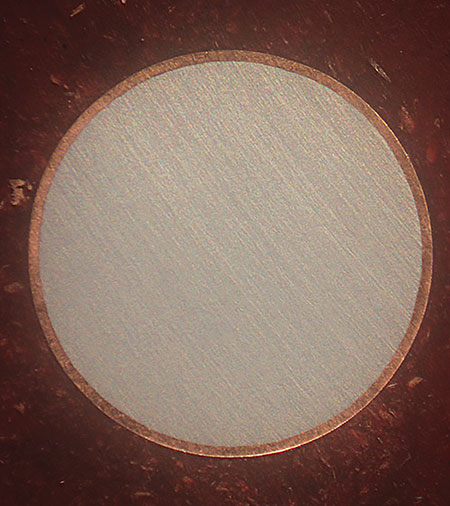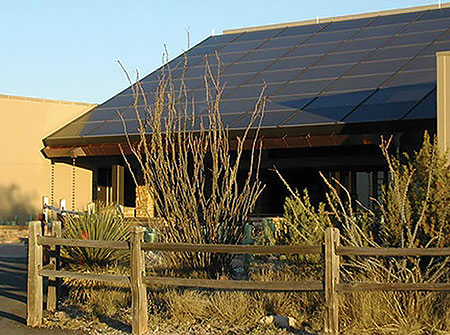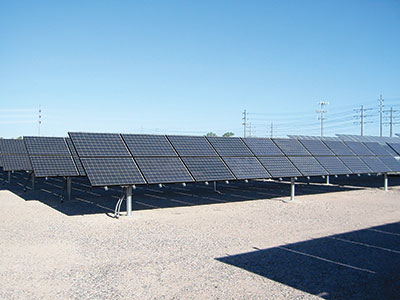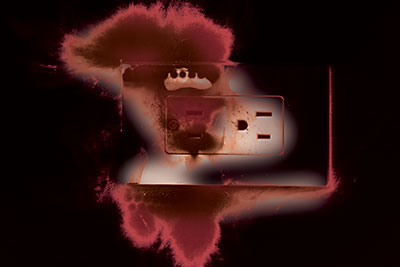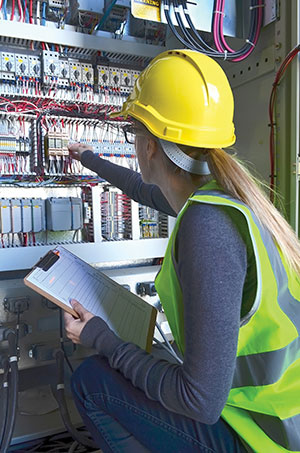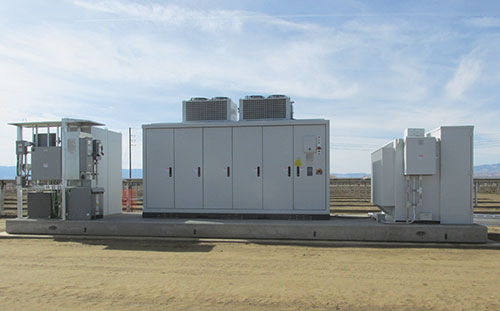In layman’s terms, selective coordination is the ability to isolate an overcurrent condition in the electrical distribution system, by operating only the nearest upstream overcurrent protective device.
US residential builders installed copper-clad aluminum (CCA) building wire for residential branch circuits in tens of thousands (perhaps even hundreds of thousands) of single family homes, condominiums and apartments.
Whether you are an electrical or building inspector, a general contractor, a PV professional or an educator, the fast pace of this evolving industry can either keep you up at night or be the morning jolt you need with (or in lieu of) that first cup of caffeine.
Respective AHJs who administer provisions of the NBCC, C282, Z32 and the CE Code in this regard must be consulted accordingly.
This article will cover some of the behind-the-scenes activities that occur along with the more formal process of developing the Code and the UL standards for PV systems.
Here are 5 ways to make sure that you don’t suffer any damage due to faulty electrical circuit wiring and defective electric cables.
Over the next series of articles, I will provide a guide to help users find their way through the Canadian Electrical Code (CE Code).
To play this game, you need a sharp eye, a quick mind and a 2014 National Electrical Code book. (Fill-in-the-blank questions are looking for the exact word(s) used in the NEC.)
Accreditation is the means by which an independent third party, an accreditation body, provides formal recognition that an organization is competent to carry out specific tasks.
Almost ten years ago, I had the pleasure of working on and testing new concept inverters for a large manufacturer at a facility called PVUSA (Photovoltaics for Utility Systems Applications).


